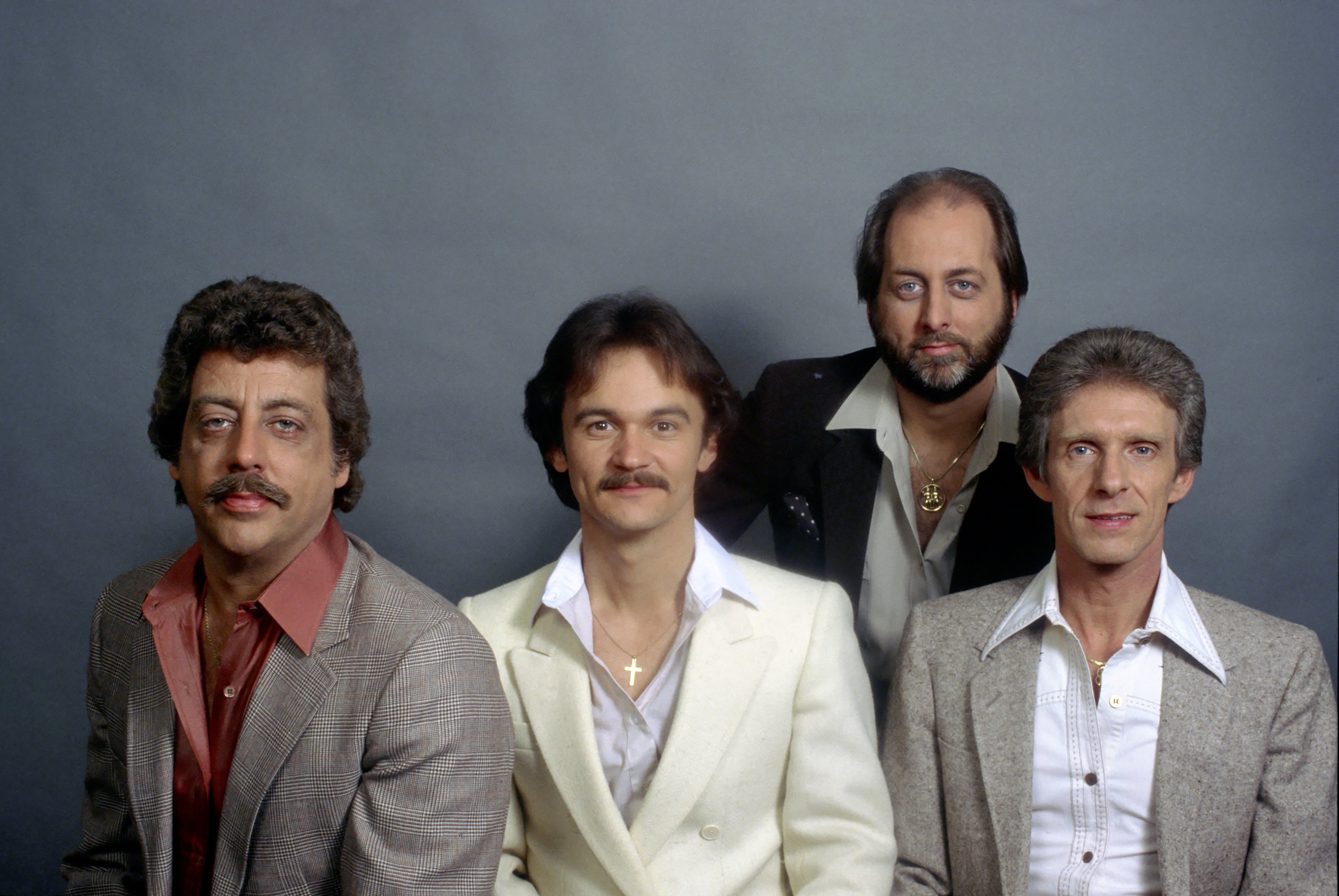Introduction

Flowers on the Wall: A Country Classic with Quirky Charm
“Flowers on the Wall,” the signature song of The Statler Brothers, isn’t your typical country ballad. Released in 1966, this quirky tune about a heartbroken man losing his mind became a surprise crossover hit, topping the country charts and reaching high on the pop charts. But the song’s origins and rise to fame hold a fascinating story.
The Statler Brothers, a Virginia-based gospel quartet known for their tight harmonies, were originally backup singers for Johnny Cash. Songwriter Lew DeWitt, the group’s original tenor, penned “Flowers on the Wall” while on the road, a testament to the boredom that can creep in during tours. DeWitt, staring at the floral wallpaper in his hotel room, began to wonder how long it would take to count the flowers. This seemingly mundane thought blossomed into a song about a man devastated by a breakup, resorting to counting flowers and smoking cigarettes while watching Captain Kangaroo, a popular children’s show.
The Statler Brothers recorded “Flowers on the Wall” during downtime while Johnny Cash was in the studio. Backed by Cash’s band, The Tennessee Three, the song captured a unique blend of country twang and barbershop quartet vocals, a hallmark of The Statler Brothers’ sound. Released in 1966, the song surprised everyone. Its quirky lyrics resonated with audiences, offering a humorous take on heartbreak. The song became a national sensation, spending four weeks at number two on the Billboard Country chart and reaching number four on the Billboard Hot 100 chart.
“Flowers on the Wall” even garnered critical acclaim, winning the 1966 Grammy Award for Best Contemporary (R&R) Performance – Group (Vocal or Instrumental). While The Statler Brothers never quite recaptured the same level of pop success, “Flowers on the Wall” cemented their place in country music history. The song’s enduring legacy lies in its ability to blend humor and heartbreak, wrapped in a catchy melody and delivered with the Statler Brothers’ signature tight harmonies. So, the next time you hear this country classic, remember the tale of a bored singer, a floral wallpaper pattern, and a song that unexpectedly bloomed into a national phenomenon.